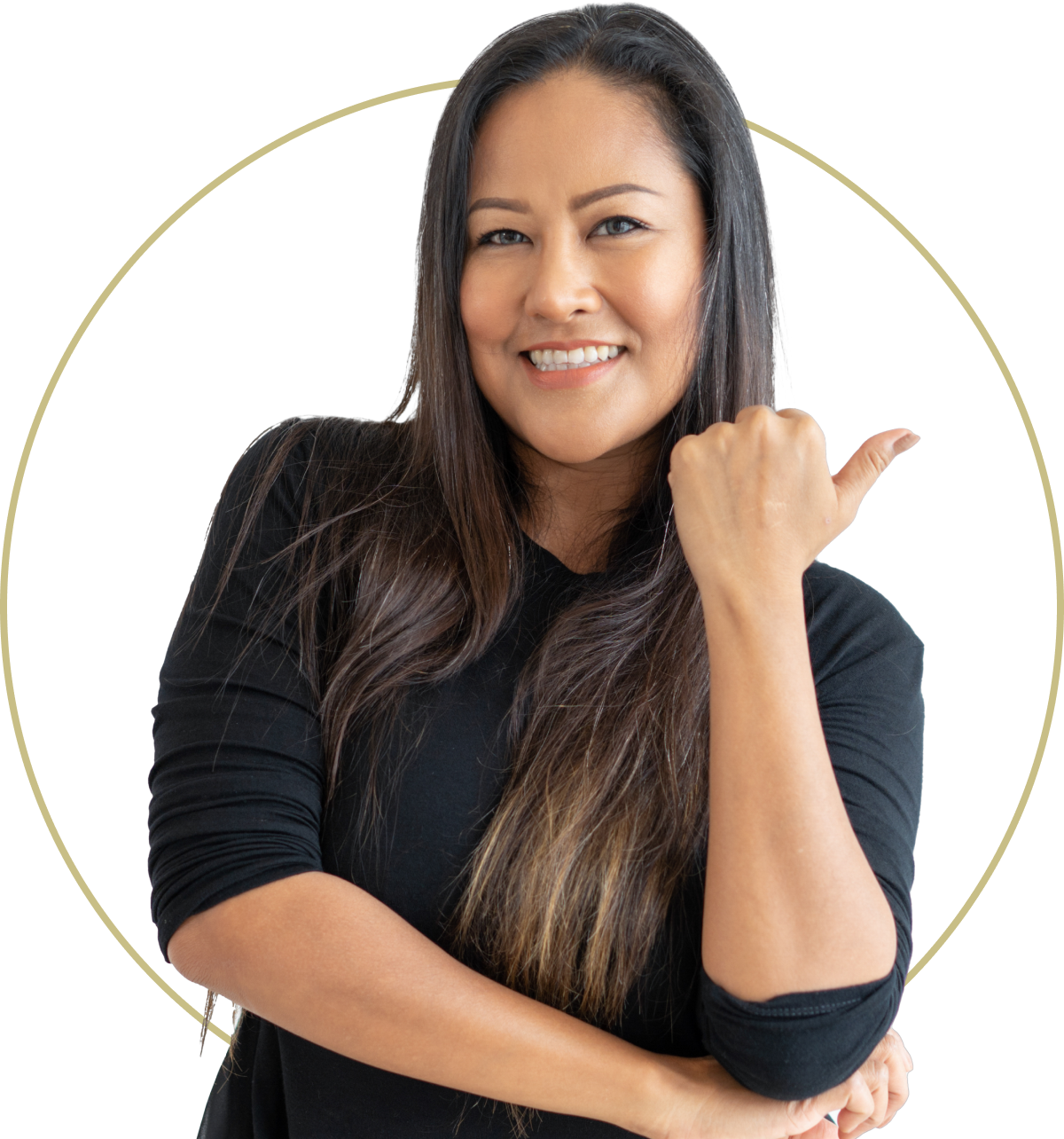menopause and unwanted hair growth
By Andrea Donsky | Fact Checked | Sources
Women tend to be sensitive about their hair, and in fact spend about $80 and 11 hours per month caring for their heady locks. But what about unwanted hair growth (hirtsutism), the annoying hairs that crop up on the chin, upper lip, cheeks, back, or breasts? We’re here to talk about the unwelcome hair growth that can appear during perimenopause and menopause. But don’t get out your tweezers yet!
What is unwanted hair growth?
Unwanted hair growth is typically hair that appears on a woman’s face, but it can sprout on the back and chest as well. Although women usually have some very fine, virtually invisible facial hair (known as vellus hair), unwanted hair is darker, thicker, and visible.
Read about growing hair in all the wrong places
How is unwanted hair growth associated with menopause?
One of estrogen’s many tasks is to keep a woman’s facial hair light, soft, and nearly invisible. However, once levels of the hormone begin to decline and disappear, testosterone levels can take over. When a woman has a higher ratio of testosterone to estrogen, dark, tough hairs may begin to appear on the upper lip, chin, and cheeks.
These hairs are harmless, but they can cause you to feel less attractive. Don’t worry: there are many natural ways to deal with unwanted hair growth.
How to manage unwanted hair growth naturally?
If you want the dark hairs on your chin or upper lip to be gone, here are a few ways to do so safely and naturally. By the way: do you remember hearing that when you pull out facial hairs they will grow back thicker and darker? That’s an old wives tale!
Pluck them. All you need are a pair of tweezers (clean them with alcohol first) and you can pull out the offending hairs. This approach is typically okay if you have only a few hairs to eliminate. If you rub an ice cube over the affected area before plucking, it will hurt less and reduce inflammation. However, there is a risk of developing ingrown hairs. Plucking usually lasts about three or more weeks before you need to grab those tweezers again.
Threading. This technique involves using thread that is pulled over your skin and twists away unwanted hair by lifting if from the hair follicle. That means you can avoid the risk of ingrown hairs, but you should have a professional cosmetologist or esthetician do threading for you.
Laser beam. If you want a permanent solution to your unwanted hair days, then laser treatment could be your choice. The light heats up the hair follicles so they can’t grow anymore. A word of warning: “Laser treatment only works on dark hair,” notes dermatologist Kiyanna Williams, MD. “If your unwanted hair is light, the laser won’t work.” Laser treatments are best for dark hairs, so don’t waste your time or money on using them on light hairs.
Be prepared to open your wallet up wide for this procedure. However, there are home laser kits that are cost-effective and safe when directions are followed. Whether you have laser treatments done by a professional or at home, you will need to get several sessions before the job is done.
Shaving. For those who want an inexpensive approach that is generally less painful than plucking, shaving is an option. Like the gentlemen, you should shave your unwanted facial hairs after taking a shower or applying a warm towel to the area. Make sure that the razor is sharp so you avoid ingrown hairs or a rash. The results aren’t long-lasting, so be prepared to shave again within a few days or so.
Read about hair be gone: a natural alternative to waxing
Epilation. An alternative to shaving and tweezing is epilation, which can get rid of unwanted hair for up to four weeks. Epilators are handheld devices that remove multiple hairs at one time from the root. The process can be painful, and it helps if you exfoliate your skin several days before you remove the hairs. Applying ice to the treated areas can help reduce pain.
Waxing. The first thing to remember about waxing is to choose soft wax formulated for the face. You should also test the wax on your skin to make sure you don’t have an allergic reaction to it.
Some wax can be warmed between your hands, or you can use a wax warmer. Be sure the wax isn’t too hot! Waxing may cause ingrown hairs or acne.
Electrolysis. You can try eliminating unwanted facial hair using electrolysis, which involves sending a low-level electrical current into each hair follicle. The mild current can destroy the follicle, but not without some pain and possibly even a scar. Two advantages of electrolysis are that it’s permanent and can work on any hair color, but it can take months to get rid of the hairs because they are done one at a time.
When to call your doctor
Unwanted hair is usually not a health concern. However, its presence can be a sign of serious issues, such as adrenal gland problems (e.g., Cushing’s disease, adrenal tumors) and polycystic ovary syndrome, or use of cyclosporine or anabolic steroids. If you notice unwanted hair sprouting up on other areas of your body where it normally grows only on men, consult with your physician.
Bottom line
Unwanted hair growth on your face during perimenopause and menopause can usually be managed naturally and at home. Be patient; some techniques take longer than others!




